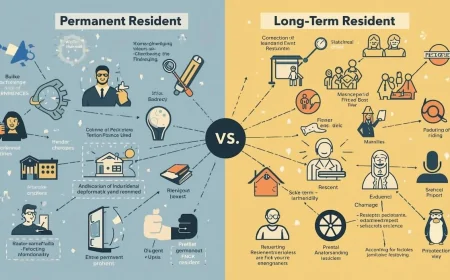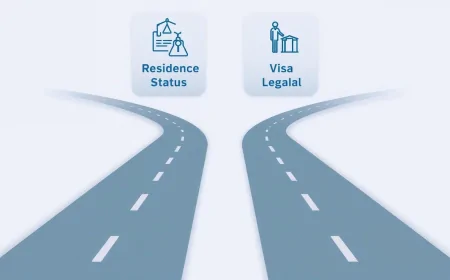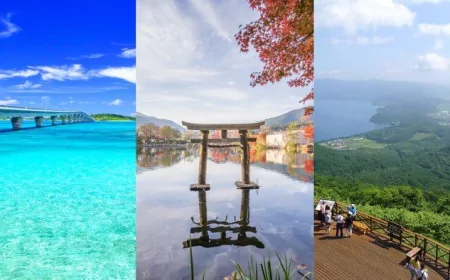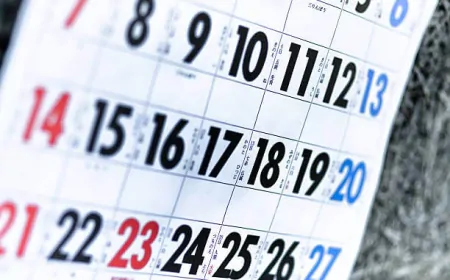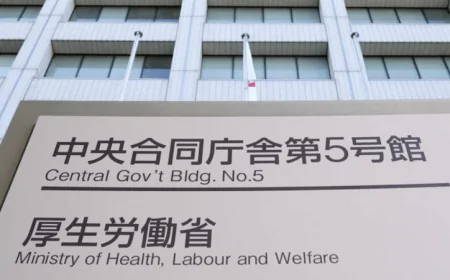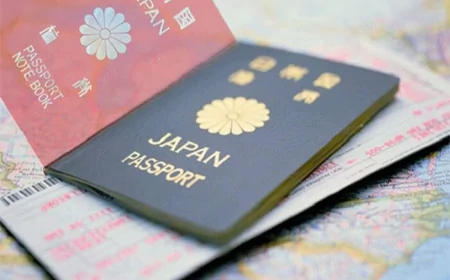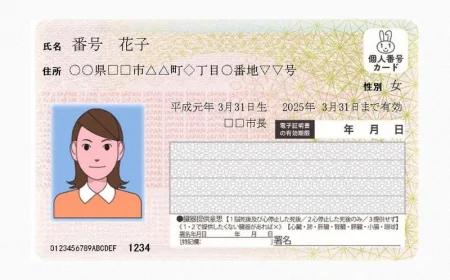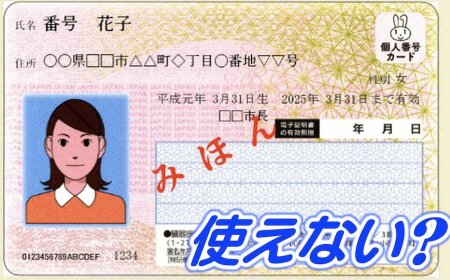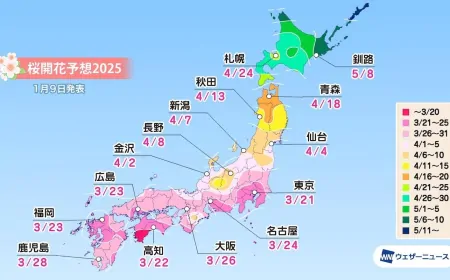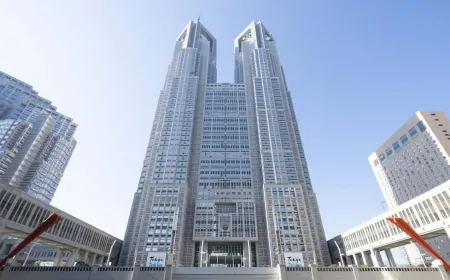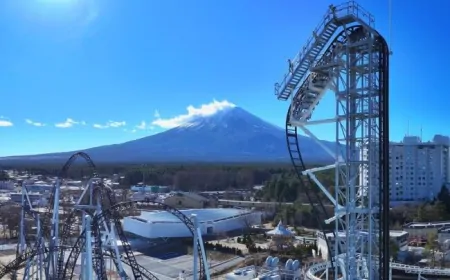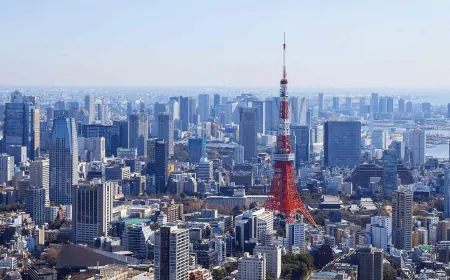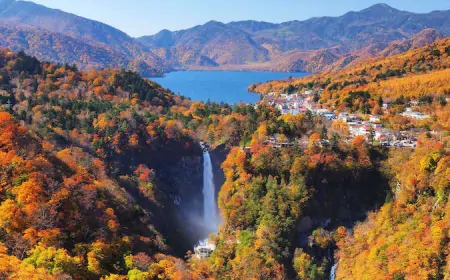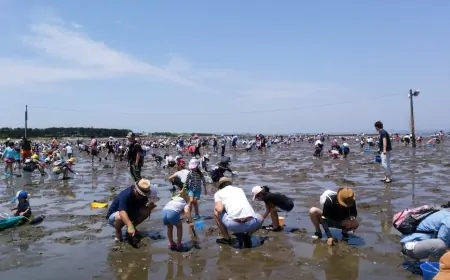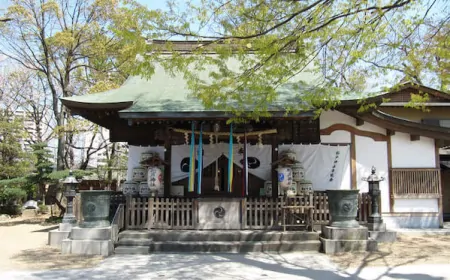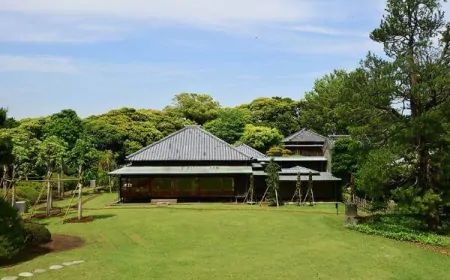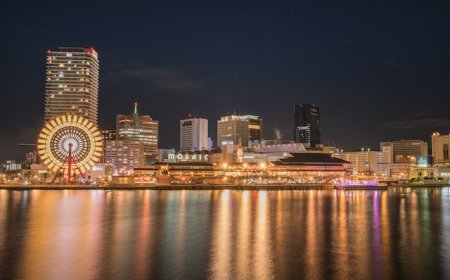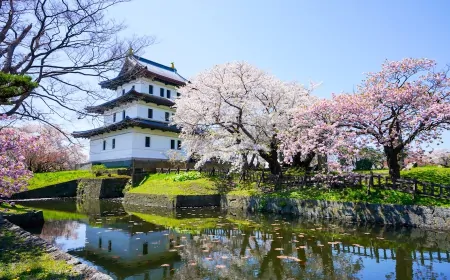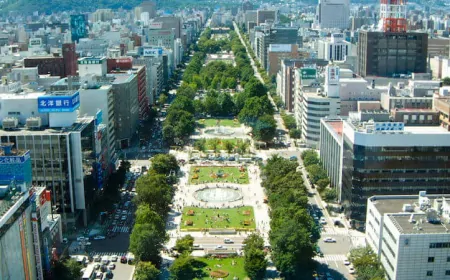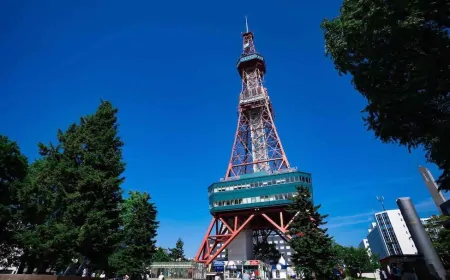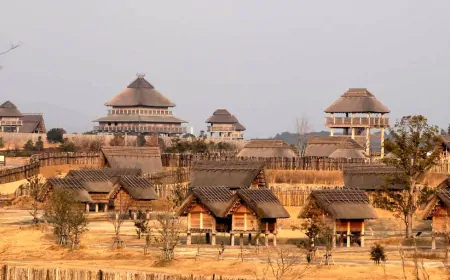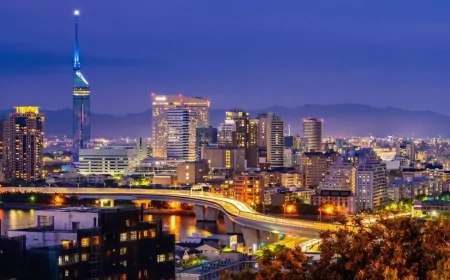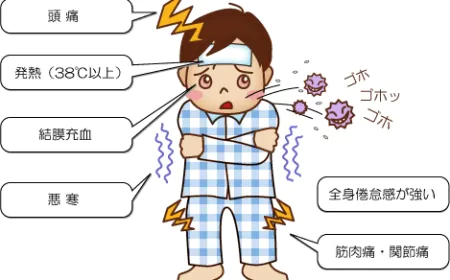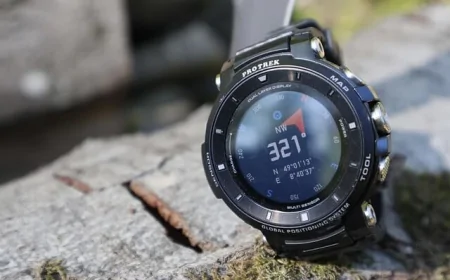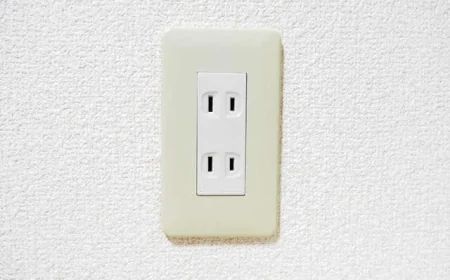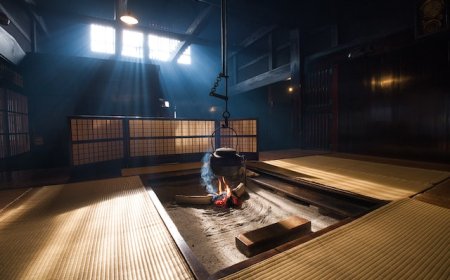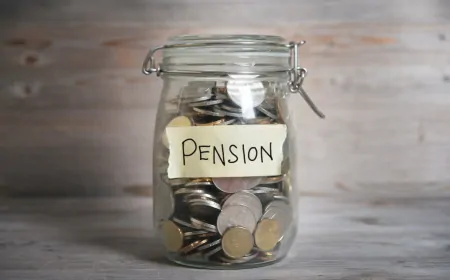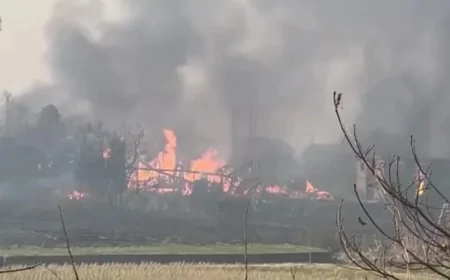Japan Warns Probability of Nankai Earthquake Has Increased to 80%
On January 15, 2025, the Japanese government's Earthquake Research Committee made a shocking announcement that "the probability of a major earthquake occurring in the Nankai Trough has increased from 70% to 80% within the next 30 years."
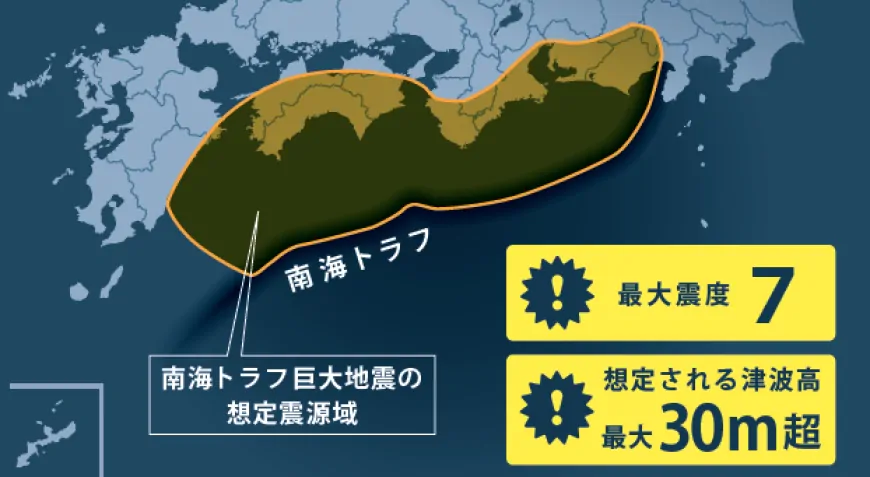
Disaster prevention measures should be a part of everyday life in earthquake-prone Japan, and this announcement is a reminder of their importance.
In this article, we will take a closer look at the background to the Nankai earthquake, the latest scientific data, and what we can do to prepare now.
What is the Nankai Trough?
The Nankai Trough is an ocean trench that runs along the southern side of the Japanese archipelago and is located where the Philippine Sea Plate and the Eurasian Plate meet. This area is known as the epicenter of major earthquakes, and in the past, the 1944 Tonankai Earthquake (M7.9) and the 1946 Nankai Earthquake (M8.0) occurred. These earthquakes have a history of causing extensive damage.
If another huge earthquake occurs in the Nankai Trough, it is predicted that the magnitude will reach 8-9, and widespread damage to buildings and tsunamis are of concern. In particular, the coastal areas from Shizuoka Prefecture to the Kyushu region are at risk of being hit hardest by the earthquake, so local residents are being warned.
Latest scientific announcement
In a 2025 announcement by the Earthquake Research Committee, the probability of a Nankai Trough earthquake was raised from 70% the previous year to 80%. The following factors have influenced this increase in figure:
- Analysis of past seismic activity
Since 2024, there have been multiple earthquakes of magnitude 6 or higher in Japan. In particular, it has been pointed out that the Noto Peninsula earthquake (M6.0) that occurred on January 1, 2024 and seismic activity in western Japan may be related to the Nankai Trough. - Stress accumulation at the plate boundary
According to seismologists, stress is accumulating at the boundary between the Philippine Sea Plate and the Eurasian Plate, and conditions are being established to trigger a major earthquake. - Reassessment of tsunami risk
It has been reassessed that there is a risk of a tsunami of over 10 meters occurring in the Tokai and Shikoku regions in the event of a major earthquake.
Experts' warning: Need to improve disaster prevention awareness
Professor Nao Hirata (specializing in seismology) of the University of Tokyo says, "Now that there is a possibility that the frequency of major earthquakes will increase, we need to be even more vigilant." In addition, since the timing and scale of earthquakes predicted cannot be completely determined scientifically, preparation in daily life is key.
What you can do now to prepare for the Nankai earthquake
- Check evacuation routes
Check the route from your home, workplace, or school to the nearest evacuation shelter in advance and discuss it regularly with your family and colleagues. - Preparing disaster prevention goods
・Food (at least 3 days' worth)
・Drinking water
・Flashlight
・Portable charger
・First aid kit - Use hazard maps issued by local governments to understand the risks of earthquakes and tsunamis. It is especially important for people living on the coast to understand the dangers of tsunamis.
- If your building is old, consider renovating it to strengthen its earthquake resistance. Simple disaster prevention measures such as fixing furniture are also effective.
- Participating in local disaster prevention drills and deepening cooperation with neighbors will also help in the event of a disaster.
The Nankai earthquake is a reality that cannot be ignored by all of us living in Japan. Now that the probability of occurrence has increased to 80%, it is time to raise disaster prevention awareness in our daily lives and take concrete action.
Use this article as an opportunity to review disaster prevention measures with your family and friends and start preparing for the future. Our actions are the key to protecting our precious lives and property.
Related Products










